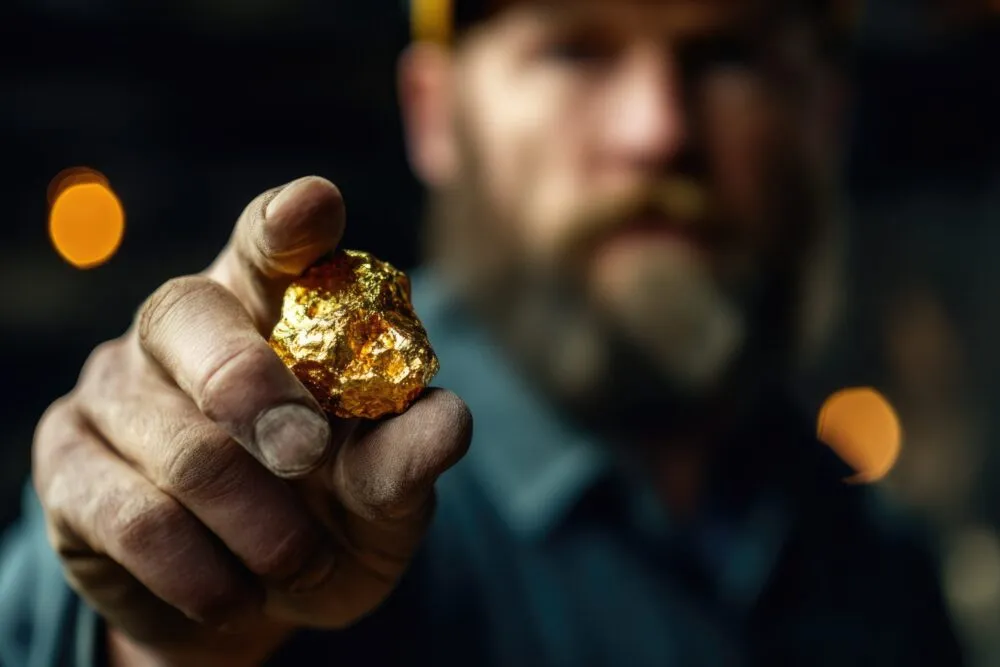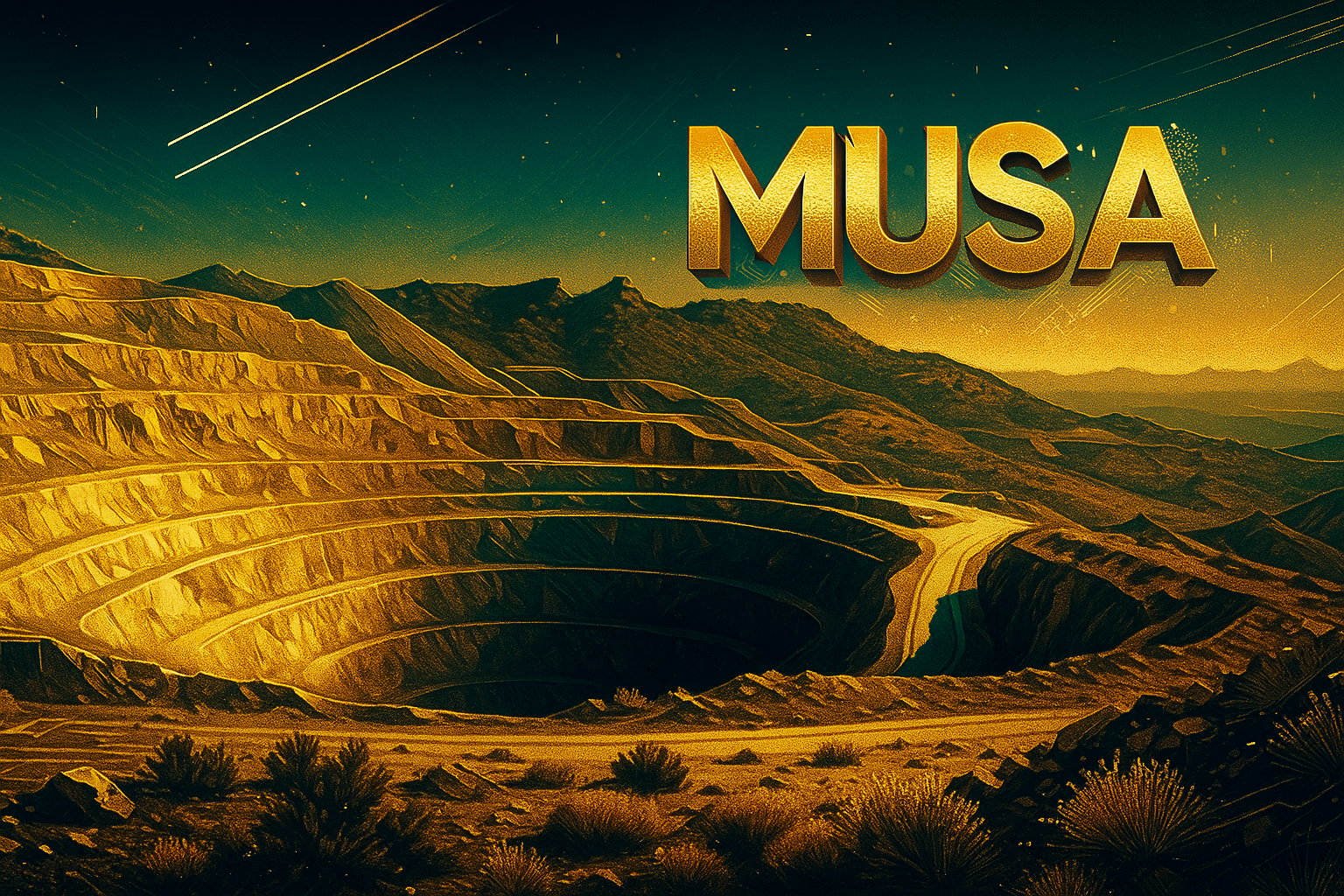Pourquoi tout est moins cher aujourd'hui que jamais... si vous payez en or

There was a time, not so long ago, when paying for a cup of coffee with a sliver of gold would have sent a barista into a panic (and possibly into retirement). But in today’s topsy-turvy economy, the gold standard is making a comeback—as long as you’re willing to live in a world of hypotheticals. Here’s the thing: If you could buy everything in gold, you’d be getting the biggest discounts of your lifetime.
It’s not that the prices of goods and services themselves have fallen; a new smartphone can still burn a hole through your credit card, and that new electric vehicle might set you back a year’s salary. No, the true magic happens when you consider prices in the timeless, glimmering currency of gold. Thanks to gold’s hefty price tag, your ounces stretch further than ever before. And it’s not just good news—it’s hilariously ironic.
Why Gold’s Value Has Shot Through the Roof
To set the stage, let’s rewind a few decades. Gold has always been valuable, but in recent years, it’s leveled up. Back in 1971, an ounce of gold was about $35, thanks to the Bretton Woods system tying it to the dollar. But after Nixon’s swift “let’s-sever-that-tie” moment, gold broke free, and its value skyrocketed over the years. Fast forward to today: that same ounce fetches around $2,000, and its value only seems to be climbing. Meanwhile, the US dollar has… let’s just say it’s taken a different path.
The Astonishing Math of Gold-Centric Shopping
Here’s where things get fun. Let’s say you’re in the market for a new iPhone. Today’s iPhone 15 Pro Max, retailing at around $1,199, would have cost a hefty chunk of gold just 20 years ago. Back in 2003, when gold was sitting at $360 an ounce, that same iPhone would have cost you over three ounces of gold. Today, you’d need only a little over half an ounce.
For the mathematically inclined (or the skeptically amused), the savings are wild. Cars, houses, and pretty much every other high-ticket item are dramatically cheaper than they’ve ever been—again, if you’re paying in gold.
Consider the housing market: a median U.S. home is around $400,000. Twenty years ago, that would have been a mountainous 1,333 ounces of gold. Today? You’re looking at about 200 ounces. Never mind “location, location, location”— the real estate mantra for 2024 is “pay in gold.”
Is This The Real Secret to Affordable Living?
So should we all be lining up at banks, frantically swapping dollars for gold and looking to strike it rich on this unexpected “discount”? Well, if you’ve got a spare mountain of gold bars lying around, sure. But for most of us mere mortals, this is nothing more than an amusing academic exercise.
Still, the idea does highlight an interesting economic truth: gold’s value reflects not just its scarcity but the slippery slope that traditional currency has slid down. Inflation and purchasing power aren’t just buzzwords; they’re the reason a latte costs five bucks (or, in gold terms, maybe a sprinkle of dust).
The Golden Age of Shopping (If You’re in an Alternate Reality) Imagining a world where gold is the norm opens up endless possibilities. That Tesla Model 3 you’ve had your eye on, sticker price of around $40,000? In gold terms, it’s basically a Black Friday blowout at 20 ounces, down from what would have been close to 100 ounces a couple of decades ago. And remember when a new phone meant dipping into a second job? Now, in theoretical gold, you’re splurging on Apple’s finest for pocket change—if your pocket happens to contain a couple of half-ounce gold coins.
The Price of Progress (and Precious Metals)
Here’s the reality: while prices seem to be rising in fiat currencies, gold serves as a steady metric by which to gauge just how much inflation has eroded our purchasing power. When valued in gold, prices of most goods have, amusingly, “dropped” to a historical low.
Of course, all this requires some suspension of disbelief, but it’s a powerful reminder of the shifting sands of value. Next time you’re looking at a price tag, try picturing it in terms of gold. Sure, you may not be any closer to a new car or house, but hey—it’s nice to know there’s some universe out there where everything’s on sale.
So, if you happen to be sitting on a stash of gold, congratulations—you’re richer than ever. And if you’re not, well… maybe it’s time to consider a career in mining.



